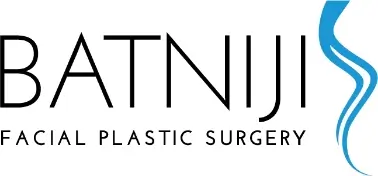I’ve heard that ethnic rhinoplasty is typically more difficult than Caucasian rhinoplasty. Does this mean that general anesthesia is usually needed? Is the surgery usually performed with the open technique?
I use general anesthesia for nearly all my rhinoplasty procedures. The reasons I favor general anesthesia include the protection of the airway. During rhinoplasty, blood may drip down the back of the nose and into the throat. If the airway is not properly protected, that blood may go into the lungs. With general anesthesia, the airway is properly protected. As well, general anesthesia provides a controlled, comfortable environment for the patient. I use the open technique in rhinoplasty when I need to perform certain procedures on the tip of the nose to achieve refinement. If the goal of surgery is to reduce a bump along the bridge of the nose and maintain the appearance of the nasal tip, then I prefer the closed approach. For me, the difference between the ethnic nose and Caucasian nose includes anatomy (skin thickness, bone to cartilage ratio, among other anatomical differences) and the patients’ desires. Typically, patients prefer changes to the appearance of nose that is in harmony with their facial features and their ethnicity.

